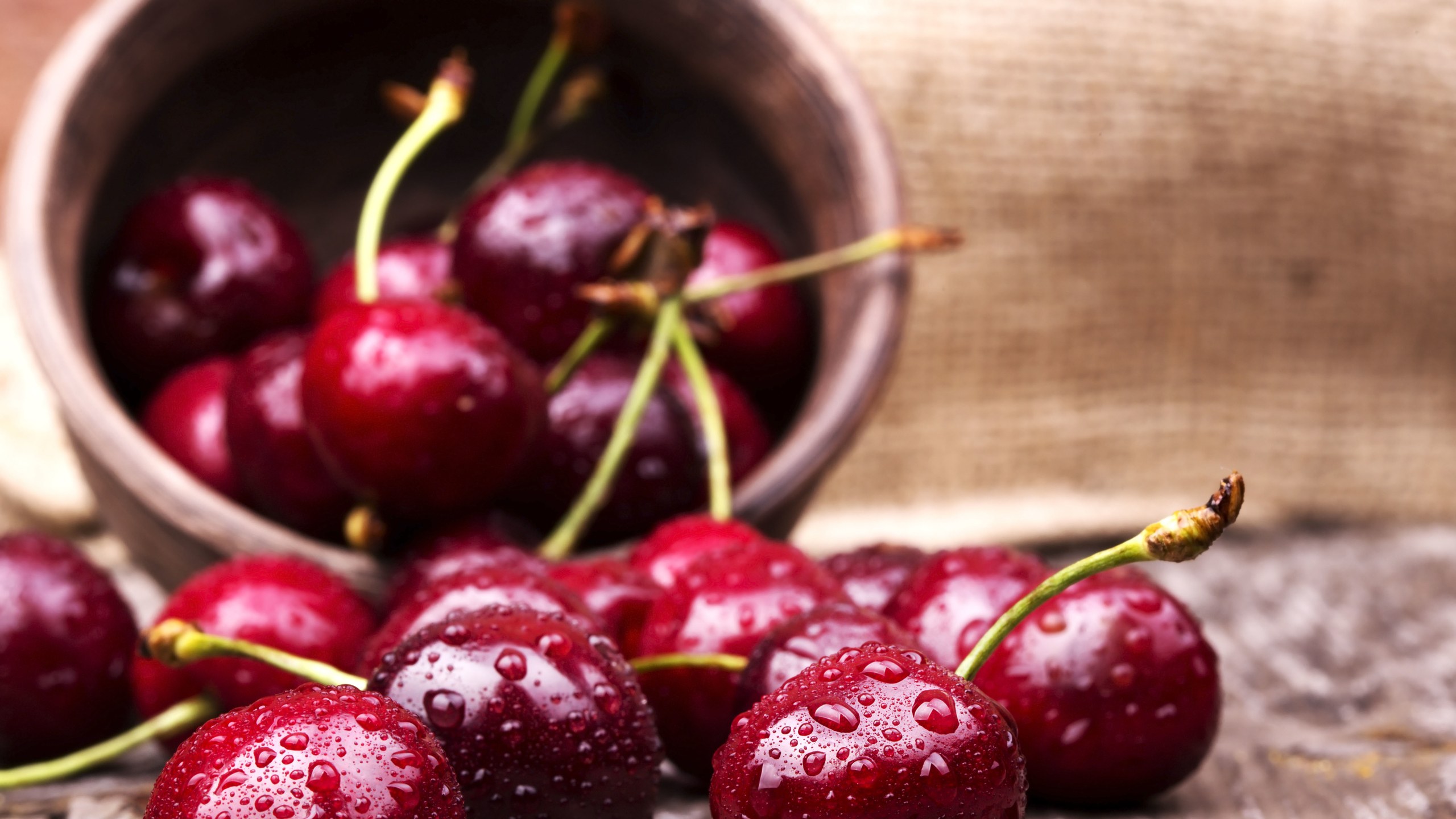Cherries

Plant cherry trees in full sun, in soil that drains well and on a high point so frost gathering in low pockets will not damage the tree or the fruit. If cherry trees are close to the south or west side of a building, they can also bloom too early in the spring and be damaged by frost.
The most dependable fruit producers are sour cherries that don't need another variety for cross pollination. In the eastern part of Colorado, sour cherries are more dependable than sweet cherries. Good sour cherry varieties for Colorado include Montmorency, North Star, Montmore, Meteor, English Morello, Early Richmond, Hansen bush cherry and Nanking.
Sweet cherries are more dependable in the western part of Colorado, but sometimes will work in the more urban areas of the eastern part of the state. Index, Lapins, Stella and Sweetheart are sweet cherry varieties which don't need another tree to pollinate. All other varieties of sweet cherries need a second variety for cross pollination.
insect and disease problems that affect cherries include peach tree borers, cherry slugs and cytospora canker. Control peach tree borers with insecticide to the lower part of the trunk during the first week of July. Cherry slugs are the larvae of a sawfly. They suck the juices from the leaves during the summer, leaving only a skeleton. Spraying a general purpose insecticide or dusting wood ashes on the leaves will quickly kill these larvae. Cytospora canker is a fungal disease which can be controlled by pruning diseased branches. If this disease infects the trunk, the tree will often need to be removed.